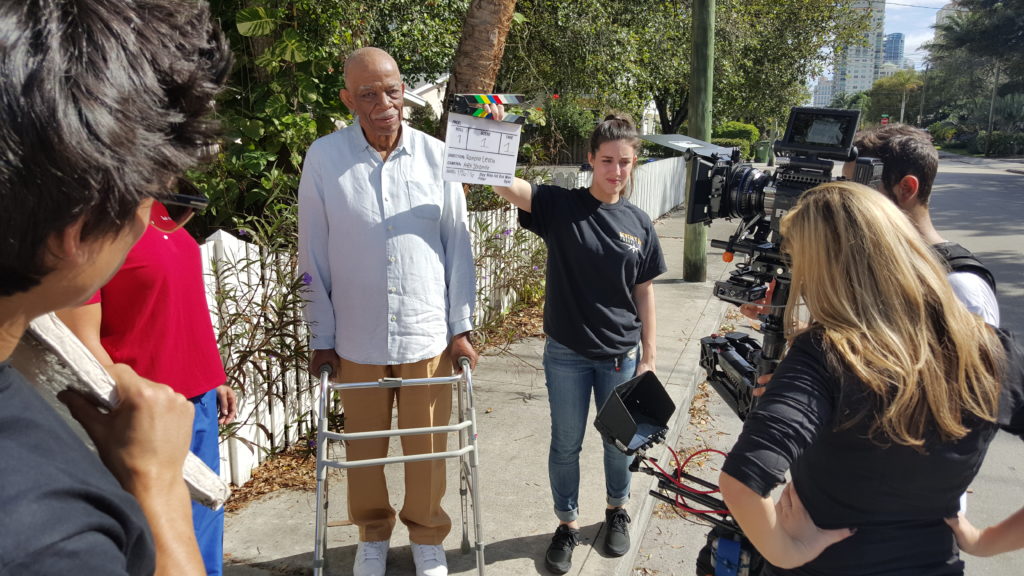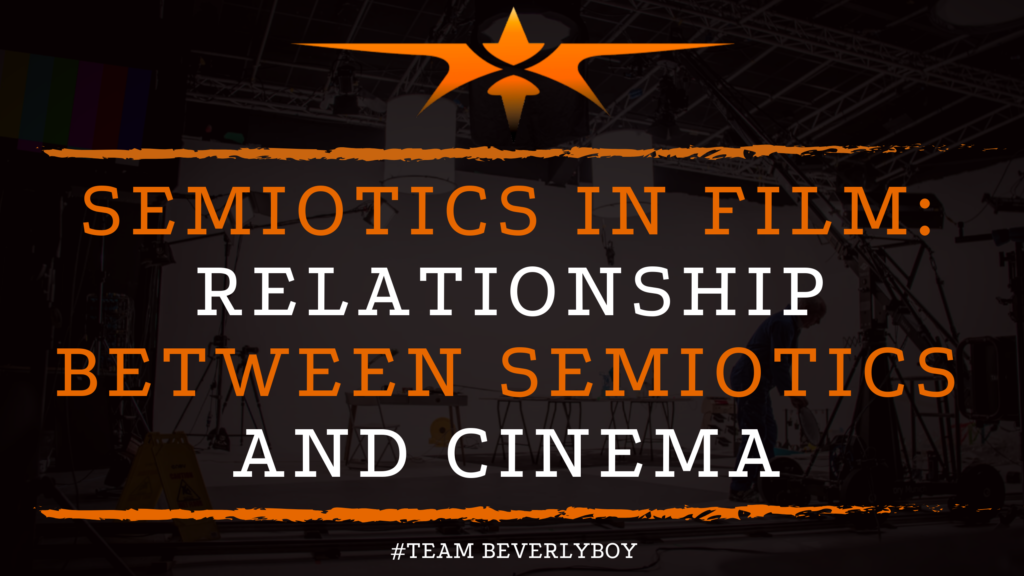Semiotics in Film: Relationship Between Semiotics and Cinema
Understanding semiotics in film and cinema is important. Especially for an aspiring filmmaker or someone entirely new to the film industry. Film semiotics represent the study of sign process, or semiosis. As well as any form of activity, conduct, or process involving signs. Semiosis also includes the production of meaning when signs pertain to moving pictures.

But what does all of this actually mean? How are semiotics in film utilized? What is the relationship between semiotics and cinema?
WHAT DOES SEMIOTICS MEAN?
Semiotics is a term used to reference an investigation into how film meaning is created and communicated through signs that are culturally understood. Semiotics in film has origins in academic study with signs and symbolism deeply connected with the creation of meaning.
How the world is viewed and the culture or landscape that we all survive in impacts us on many levels, especially unconsciously.
Through semiotics of film the actions and thoughts that take place in relation to the messages of a film are closely connected to the visual signs or cues that are included within the media.
STORYTELLING
Semiotic storytelling, or the use of signs in sharing a story, recognizes that people understand signs. As a result of their own personal experiences and culture.
And that these signs are either inherently learned. Or could be picked up through interactions in society and with your surroundings.
Semiotics in film frequently come up in video advertising. In which the signs, symbols, and underlying visual cues that are delivered are planned into the video for their connection to the audience and their meaning.
WHAT IS SEMIOTIC THEORY?

Semiology and film theory play an incredibly important role in the overall development of film theory. As it applies to the signs and symbols as well as the interpretations taking place within the film.
According to French film theorist, Christian Metz, semiotic film theory is most well-known for using semiology to understand or structure the film such that it is most like a language.
In fact, it was Metz that made the distinction in film language between a language system and a language referencing systemic conventions that are less clearly defined.
SUBCONSCIOUS UNDERSTANDING
Semiotic theory states that there are signs that we understand due to unconsciously gained cultural knowledge. For example, when we see a red light, we know to stop – even at a young age, as children, we know that the red light is a sign to stop.
This is because through cultural conventions, over a period of time, we unconsciously learn the meaning of the red light and it’s signal to stop.
Decoding the sign, and knowing to stop, allows us to safely interact in our community and within society. Thus, semiotics argues that these cultural signs that are unconsciously learned and interpreted make u all semioticians.
A WIDELY STUDIED TOPIC
In film, semiotics can be used to deliver the intended meaning and, within the context of the film, the audience can be expected to understand. Semiotics was largely investigated in linguistics at first. But would soon move into behavioral studies through psychology and anthropology.
Eventually, semiotics would evolve to be closely connected with culture and society. Thus it was studied in sociology and psychology. Today, semiotics is a method of researching and analyzing consumer behaviors and their response to brand communications.
SEMIOTICS IN ADVERTISING

Today, we see semiotics in film being used to associate advertising with the appropriate audiences. High-level thinking about the semiotics of a particular audience and their cultural backgrounds can help advertisers.
It can ensure that commercials and other media are produced in a way that will have the greatest impact on the consumer. This is done through the development of culturally-informed strategies and meaningful communications taking place within the content that is created and shared.
A DEEPER MEANING
Through semiotic storytelling, filmmakers employ images paired with text to provide the target audience with a deep level understanding of the message that is being articulated.
Audiences then draw from their own personal and cultural experiences. In order to translate the images or signs that are provided to them. Resulting in an underlying connection and meaning that is unique to those who see the content.

